Description
Un vin d'Álvaro Palacios produit dans sa Rioja natale qui vient d'obtenir les 100 points Parker attribués par Luis Gutiérrez. Totalement séduisant, exubérant, plein d'équilibre, de concentration et de finesse. L'un des meilleurs vins du monde
Fiche technique
Dégustation
Vignoble et élaboration
L'avis des experts
The just-bottled 2023 Quiñón de Valmira was hitting it on all cylinders the morning I tasted it. It was exuberant, aromatic, floral, extroverted and really singing, with incredible harmony for a wine that had been bottled only a couple of weeks before I tried it. It had a shorter maceration, a mere 13 days (compared with the from 45 from the 2022), and also a shorter élevage, 13 months. 2023 continued the dry and warm tendency of 2022 that made them work more and differently in the vineyards to keep the humidity in the soil and have more vegetation, which seems to help the sticks hold up the vines. The wine is a revelation, sensual and juicy, with notes of tangerine and wild strawberry. They did a very careful vinification and élevage to avoid any fissures in the wine. It has a kind of stony reductiveness that I loved, making it serious and mineral. It's really fine-boned and elegant like never before, with complexity, mixing floral notions with aromatic herbs and exotic spices, somewhat taking me to the character of some reds from Jura, ethereal but vibrant and full of energy and power. It has a moderate 13.5% alcohol, balanced by a pH of 3.59 and 5.4 grams of acidity. Álvaro told me this 2023 does not resemble any other vintage; 2024 feels a little like 2021, but 2022 and 2023 are really unique—2023 was saved by the rain from the 10th to the 17th of September; they picked the grapes the 22nd, and the ripening was thorough and achieved a longer cycle. Volumes were lower, though, only 3,062 bottles. It was bottled in January 2025.- Luis Guitérrez.
Quiñón de Valmira has established itself as one of Spain's best Garnachas over the course of the last decade. Blended with 15% of other red and white varieties, it sees only foudres and concrete tanks and is a pure, refined expression of a three-hectare vineyard on the Monte Yerga. More layered than the 2022 was at the same stage, it has aromas of wild thyme, lavender and clove, subtle whole bunch spices, granular tannins, chalky freshness and flavours of plum, garrigue and summer berries. Very complex, even at this young age. 2027-38.
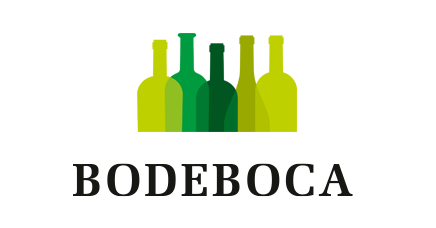


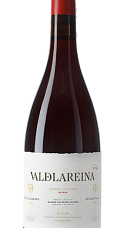
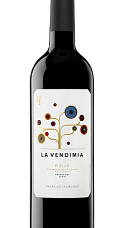

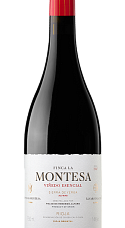

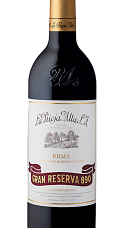





Millésimes: 2023 2022 2021
Nos membres n’ont pas encore laissé de commentaires pour ce millésime. Cliquez sur les millésimes précédents pour accéder aux commentaires.
Nos membres n’ont pas encore laissé de commentaires pour ce millésime. Cliquez sur les millésimes précédents pour accéder aux commentaires.
Nos membres n’ont pas encore laissé de commentaires pour ce millésime. Cliquez sur les millésimes précédents pour accéder aux commentaires.